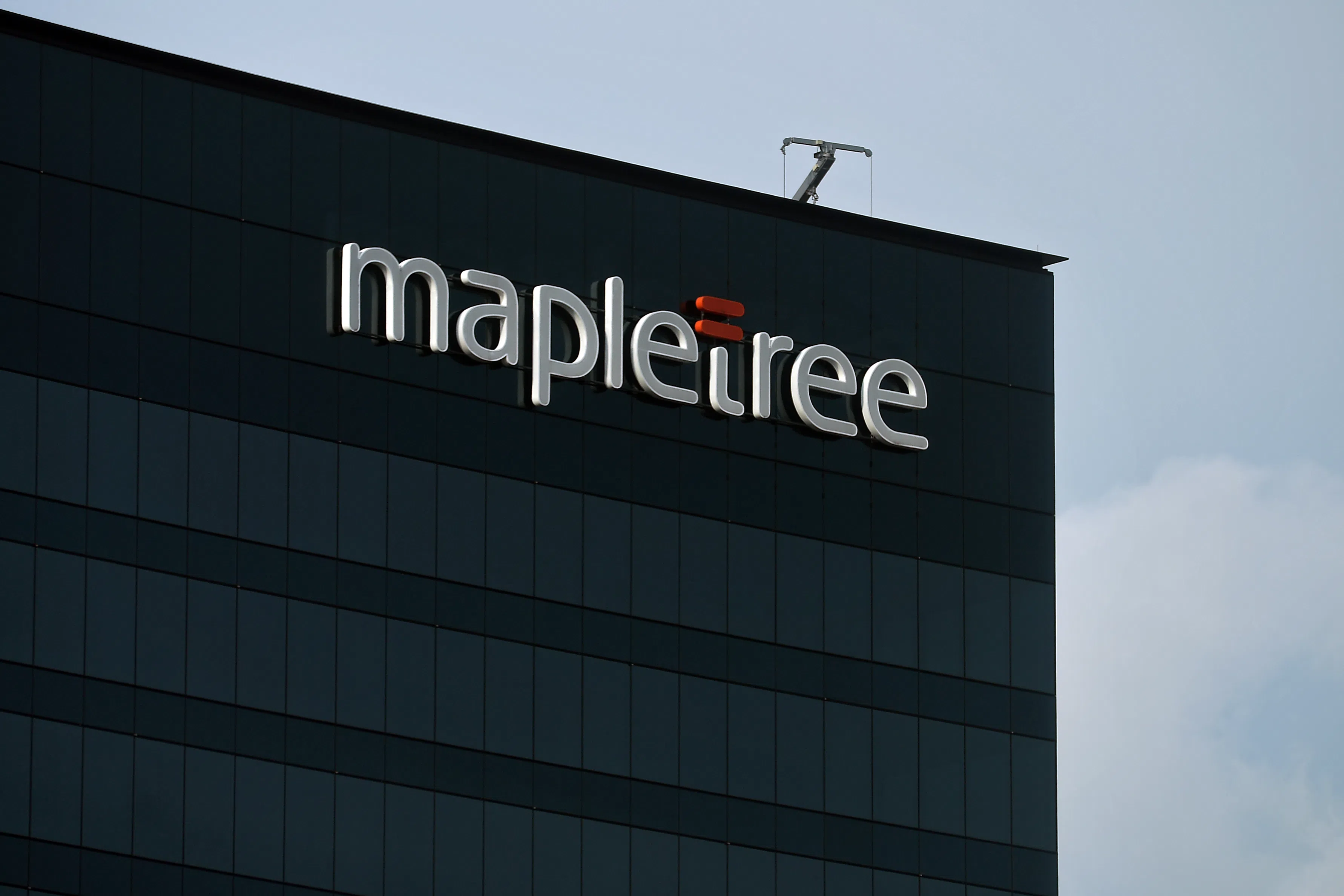IN JTC’s latest market report for the second quarter of 2024, it noted that industrial rents rose 1 per cent quarter on quarter, recording the slowest rate of increase since Q1 2022 following the Covid-pandemic recovery. On a year-on-year (yoy) basis, industrial rents are still up 6.6 per cent. Overall occupancy rates rose 0.3 percentage point to 89 per cent as new demand continues to outpace supply increases.
The six industrial S-Reits with significant Singapore-based industrial assets have posted mixed performances in the latest round of earnings releases and business updates.
Across the board, distributions per unit (DPU) were also lower yoy, impacted by higher borrowing costs and property operating expenses – except for Mapletree Industrial Trust (MIT), which declared a 1.2 per cent higher DPU of 3.43 Singapore cents for its Q1 FY25.
MIT’s gross revenue and net property income (NPI) for Q1 rose by 2.7 per cent and 1.3 per cent yoy, respectively. Improvements were mainly attributed to revenue contributions from the data centre in Osaka, which MIT acquired in September 2023, as well as new leases and renewals across various properties.
MIT’s portfolio occupancy increased from 91.4 per cent to 91.9 per cent and observed positive rental reversions in Singapore with a weighted average rental revision rate of about 9.2 per cent.
Despite softer performances across industrial S-Reits, all six Reits recorded positive rental reversions ranging from 2.6 per cent to 16.8 per cent. Sabana Industrial Reit recorded the highest rental reversion at 16.8 per cent, continuing its 14th consecutive quarter of positive rental reversions.
BT in your inbox
Start and end each day with the latest news stories and analyses delivered straight to your inbox.
Its manager continues to proactively engage existing tenants ahead of lease expiries, and has renewed and replaced 53.5 per cent of its leases expiring in FY2024, with another 42.6 per cent under lease negotiations.
The six industrial S-Reits have an average aggregate leverage ratio of 37 per cent, below the S-Reit sector’s average of 39.1 per cent and well below regulatory limits of up to 50 per cent – which provides flexibility for potential debt headroom to fund capital-intensive acquisitions.
ESR-Logos Reit (E-Log) recently announced acquisitions of two facilities in Japan and Singapore for S$772.6 million, consisting of a freehold distribution centre in Nagoya and a 51 per cent interest in a Singapore high-specifications manufacturing facility. Both acquisitions are expected to improve E-Log’s portfolio metrics and create a resilient and future-ready green portfolio as part of its 4R Strategy.
In terms of price performance, the six industrial S-Reits have declined 6.1 per cent in average total returns in the year to date. They trade at an average price-to-book (P/B) ratio of 1x, which is at a discount of about 11 per cent against the five-year average P/B ratio.
Three S-Reits that are currently trading at largest discounts to their five-year average P/B ratios are Mapletree Logistics Trust (MLT), E-Log and Sabana Industrial Reit.
MLT reported lower gross revenue and NPI of 0.3 per cent and 0.9 per cent yoy, respectively, largely due to weaker performance in China, the absence of revenue from divested properties and depreciations of both the yen and the yuan against the Singapore dollar.
During Q1 FY25, MLT completed the acquisitions from its sponsor of three modern Grade A assets in Malaysia and Vietnam, deepening its footprint in markets poised to benefit from the structural trends of supply chain diversification and consumption growth.
The iEdge S-Reit Index has delivered a negative total return of 4.6 per cent since end-2019, with industrials as a sub-segment being the second best performing with 7.9 per cent positive total returns after data-centre Reits. SGX RESEARCH
The writer is a research analyst at SGX. For more research and information on Singapore’s Reit sector, visit sgx.com/research-education/sectors for the monthly S-Reits & Property Trusts Chartbook.







